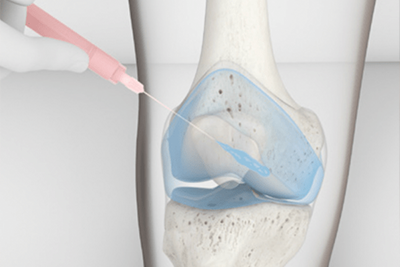If you’re like most people, you probably spend more time behind the wheel than you realise. Between commuting, errands, and the occasional weekend getaway, hours can quickly add up—and if your posture isn’t right, your spine could be paying the price.
At Vale Health Clinic, we frequently treat patients whose back, neck, and shoulder pain stems directly from poor driving posture. It’s a surprisingly common issue. The good news is that with a few minor adjustments to your car seating position, you can significantly reduce discomfort and protect your spine in the long run.
Posture Behind the Wheel
Driving isn’t just sitting—it’s a dynamic activity that requires constant micro-adjustments of your muscles, particularly in your neck, shoulders, arms, and lower back. Staying in a static position for too long, especially one that isn’t aligned with the natural curves of your spine, can contribute to:
- Lower back pain and stiffness
- Neck tension and headaches
- Shoulder strain from overreaching
- Sciatica-like symptoms from poor hip positioning
- Overall fatigue and poor circulation
Combine this with road vibrations, stop-start traffic, and stress, and your spine can sustain a significant injury.
Are You Sitting Correctly While Driving?
Most of us hop in the car and start driving without a second thought for posture. But how you sit matters more than you think. Ideally, your hips should be level with or slightly above your knees. Your back should rest fully against the seat, with the natural curve of your lower back supported. The steering wheel should be within easy reach, so you’re not stretching your arms or rounding your shoulders.
Your headrest should align with the back of your head, not push it forward. And your legs should reach the pedals comfortably, with a slight bend in the knees and no need to point your toes or lock your joints.
Even subtle adjustments in seat height, tilt, or steering wheel position can make a noticeable difference in your comfort and spinal health.
Posture Mistakes Drivers Make
You may not realise it, but you could be making some posture mistakes every time you drive. A few common culprits we see in the clinic include:
- Leaning forward towards the wheel, especially in traffic or when tired
- Sitting too low in the seat, causing a slumped spine and poor lumbar support
- Twisting awkwardly when checking mirrors or reversing
- Holding the wheel with arms outstretched which can strain the shoulders and upper back
These habits, repeated daily, can lead to long-term issues if not corrected.
Improve Your Driving Posture
Fixing your driving posture is easier than you might think. Start by setting your seat up properly:
Adjust your seat height so your hips are slightly higher than your knees. This allows your pelvis to sit in a more natural position. Tilt the seat base just enough to support your thighs, but without putting pressure behind your knees.
Position the steering wheel so you can hold it with relaxed shoulders and a slight bend in the elbows. If your car doesn’t have built-in lumbar support, consider using a small cushion or lumbar roll to support the curve of your lower back.
Make sure your mirrors are adjusted when you’re sitting upright—this will help you avoid slumping or twisting while driving.
Chiropractic Care for Drivers
Poor posture doesn’t just cause discomfort—it can lead to lasting spinal misalignment. That’s why at Vale Health Clinic, we take a proactive approach. Chiropractic treatment helps restore spinal balance, improve joint mobility, and relieve muscular tension caused by prolonged periods of sitting behind the wheel.
But we don’t stop at treatment. We also provide you with the tools to maintain better posture day-to-day, offering personalised guidance on driving ergonomics, movement habits, and spinal care tailored to your lifestyle.
If driving is regularly leaving you stiff, sore, or exhausted, chiropractic care can help address the root of the problem, not just the symptoms.
Tips for Long Drives and Commuters
If you’re clocking up regular miles each week, it’s worth making posture a daily priority. Here are some small habits that can make a big difference:
Take short breaks on longer journeys—ideally every 60 to 90 minutes. Stretch your legs, take a walk, and reset your posture. While driving, try shoulder rolls or gentle neck movements when stationary at lights or in traffic.
Keep a water bottle handy to stay hydrated; your spinal discs need water to stay healthy and cushioned. And if you frequently drive for work, consider alternating your driving duties with others whenever possible.
Drive Smarter, Sit Better
Improving your driving posture doesn’t require significant changes; it just requires a little awareness and the willingness to adjust. If your back, neck, or hips feel worse after time in the car, don’t ignore it. With the correct setup and support, you can stay comfortable and protect your spine every time you get behind the wheel.
At Vale Health Clinic, we’re here to help you move better and feel better, both on and off the road. If you’d like advice on driving posture or support for existing pain, get in touch with us today. We’re ready when you are.
Related Articles
- Suffering From Back Pain?
- Protect your Spine When Gardening!
- Why Do Your Joints Click?
- Low Back Pain During Pregnancy
- Is Slouching Making You Sad?




























